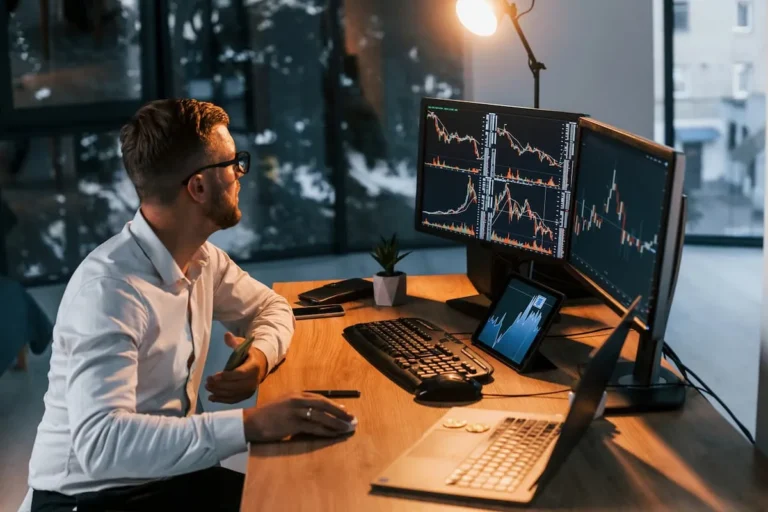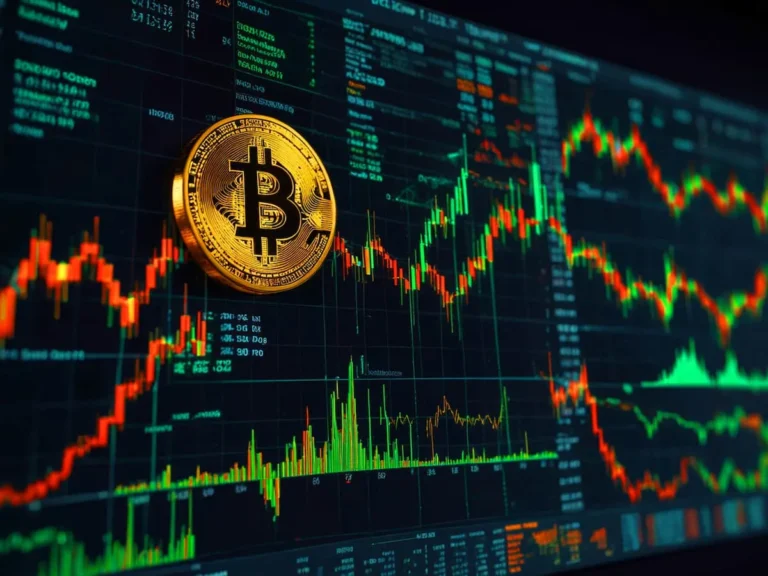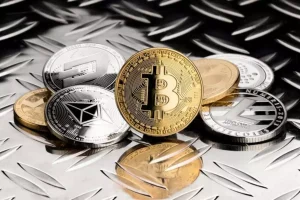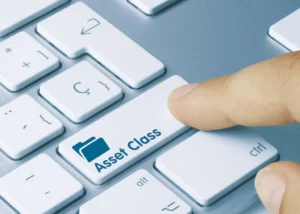Listing crypto coins on exchanges is a crucial process for any blockchain-based project. At this point, your product becomes accessible to many people, providing it with the promotion and liquidity it needs to grow. Traders need a straightforward scheme to purchase and sell your assets. Exchanges guarantee such access, increasing confidence in your product. This blog post will tell you what is listing crypto, what steps it consists of, and how it influences the project.
Crypto Listing Explained
First, let’s figure out what is listing crypto. This is the procedure of adding new virtual coins to a trading portal, e.g., a crypto exchange. When coins are introduced, traders may purchase, sell, and exchange them for other assets, including cryptocurrencies (Bitcoin, Ethereum) or fiat currencies (US dollar). Listing is the admission of coins into the public trading system so that millions of market members will learn about them.
Let’s say you have released an unusual gadget. You need to put it up in a store so people can learn about it and buy it. In the crypto sector, the exchange plays the “store” role, and listing is the addition of your token to the market.
There are several listing options.
- Primary process. Crypto coins appear after their creation, ICO (initial coin offering), or other phases of development.
- Secondary listing. Coins can already be bought or sold on one portal, but they are added to another to raise the number of investors and liquidity.
Responsible exchanges implement strict crypto coin screening procedures to ensure customer safety and protect them from fraudulent schemes.


Turnkey Brokerage Solution For Your Business
Get the most profitable fully licensed fx/crypto brokerage software or ready-to-operate business in 48 hours. Best-in-class web & mobile trading platforms, sales-driven CRM, full integration with MT4/5, and 150+ payment providers.
What is the Importance of Listing?
Listing crypto coins on an exchange is similar to listing securities on the stock market. This procedure is necessary for the project to receive a channel for its active purchase and sale. Such promotion is vital for many reasons.
- Liquidity. Projects are interested in listing services to form optimal liquidity so market participants can transact assets. Liquidity ensures stable value and engages investors of different levels.
- Reliability. The presence of crypto coins at the exchange with a good reputation increases the trust of potential buyers. Investors understand that the assets have undergone a comprehensive check and meet the exchange’s requirements for security and legality.
- Increased recognition. Large exchanges make virtual assets more recognizable. As a result, more users learn about them, forming a cohesive community and encouraging adoption.
- Opportunity to receive additional capital. After the product appears on the platform, developers can tap into funding through various options, including asset sales and staking opportunities, making it easier to raise the resources they need.
- Optimal pricing. Listing ensures transparent and market-driven pricing. Before the coin listing on exchange, such value is based on speculative transactions and private sales.
- Expansion into new regions. Listing on global exchanges opens the door for investors worldwide, expanding reach across regions. This is especially important for products targeting an international audience.
It is critical to understand that changes in legislation may lead to delisting. Tokens that violate current standards, including transaction anonymity and AML KYC (Anti-Money Laundering and Know Your Customer), are often excluded from platforms. Delisting may also be associated with low token security and blockchain vulnerability.

Typical Listing Process
Now that we have figured out what is listing crypto, it is important to know its principles. The process includes several stages. Let’s consider what work the development team needs to do.
- Application submission and white paper preparation. To begin with, crypto developers must submit an application to document their desire for an official token listing. At this stage, specialists must collect all the necessary facts about the crypto coins, including an explanation of the technology, business model, data on the creators, the aims of implementing tokens, etc. Each crypto exchange creates personal application algorithms and templates that must be filled out.
- Project research. Exchange representatives study the documents and monitor the smart contract, blockchain architecture, and token protection level to avoid asset theft and hacker attacks. Exchange teams also assess the potential for growth in the value of crypto coins. If this indicator is normal, this stage is completed.
- Rules of interaction. If the crypto coins are explored, the platform will inform developers about the terms of cooperation, including transaction volumes, minimum crypto liquidity level, and commissions. The participants in the process discuss all the parameters to ensure profitable cooperation.
- Conclusion of the contract and announcement. If all participants accept the conditions, the exchange and developers agree. During this period, the exchange prepares information about the future listing and publishes it on its portal and social media. The announcement contains the trading start date, possible trading pairs, and crypto coin capabilities. At this period, interested traders may participate in the advertising campaign to get some of the assets for free.
- Synchronization and start of trading operations. At the final stage, virtual assets must be added to the exchange infrastructure. Specialists activate support for virtual assets, synchronizing them with commercial algorithms and wallets. After synchronization is complete, trading operations start on the specified day. Clients may purchase, sell, and exchange tokens on the centralized platform.
As we can see, adding virtual assets to the exchange involves much preparatory work and the developer’s participation in advertising and supporting coins. The listing requires many hours of work and effort, but after such labor-intensive work, the developer’s team can be confident in the asset’s safety and in receiving income. If the project had low reliability, it would not have passed many verification stages. Now, it remains to wait for the capital inflow.
How Listing Affects the Price Of Cryptocurrency?
Listing on reputable exchanges is an essential event for any cryptocurrency project, as it affects the value of assets. After the developers announce the appearance of tokens on the exchange, interest in the assets increases among market participants. During this period, demand increases, which leads to an increase in value.
If the assets are already listed on the platform, their value depends on several factors, including liquidity and investor expectations. Crypto coins that have high activity and have earned the trust of market participants can experience an increase in demand in the long term. This will ensure their high price and significant trading volume.
We cannot say that listing always positively impacts the value of crypto assets. If the market situation or information about the listing is already included in the price of crypto coins, the impact on their value may be minimal or even negative. Investors’ initial interest may disappear if the developer cannot ensure the development and constant improvement of the project.
As we can see, the listing is a primary stage in developing any crypto asset, as it can improve its reputation and increase its value. To ensure long-term value growth, creators must enhance the project, implement non-standard promotion tools, and actively interact with the community.
How to Buy New Crypto Before Listing?
Several solutions exist for traders who want to buy coins before their official listing. Each option has its strengths and weaknesses, so it is crucial to understand the principles of action before making a choice.
An Initial Coin Offering (ICO) is one of the most famous options for investing in pre-listed digital assets. This solution allows the project to sell coins to interested parties cheaper than after listing on the platform. Clients get early access at a favorable cost, but the project is in its early stages, which raises the risks. Let’s consider the main advantages of ICO.
- More affordable cost, if compared with asset prices after listing.
- Simple access. The ICO is open to a broad audience that meets the specified parameters (age, location).
- Possibility of good earnings. If the project becomes popular, token holders can receive a considerable income.
A significant disadvantage is the risk of failure because the project may close without presenting a successful digital product.
One type of ICO is a Security Token Offering (STO). With this distribution of crypto coins, tokens are considered securities and are subject to regulation by financial institutions.
Another method of investing in assets before they appear on the exchange is IEO (Initial Exchange Offerings). IEO is similar to ICO but involves adding to the exchange. The transition from ICO to IEO occurred due to the decrease in trust in ICOs associated with many scams. This buying algorithm provides several benefits.
- Security. Exchanges check the white paper of projects, ensuring high security and legality.
- Easy participation. Traders deal with a reputable portal, making transactions more straightforward and secure.
- Generous rewards. Some exchanges offer special conditions or bonuses for individual coins during IEO.
As more traders learn about IEO, such crypto assets spread faster, and the probability of receiving super profits is lower than in the past.
Decentralized exchanges (DEX) and liquidity pools. It is a good option for people trying to find alternative centralized platforms. Unlike standard exchanges, DEXs perform without a central authority, giving users maximum control over their assets. What are the arguments in favor of this solution?
- Maximum freedom from intermediaries. Clients trade directly with other market participants.
- Access to unique crypto assets. DEXs often offer tokens that are not available on popular portals.
Remember that DEXs often have less liquidity, so purchasing or selling crypto coins quickly may be difficult. DEXs are often more complex than centralized platforms and unsuitable for new members.
In conclusion, crypto exchanges are a primary element of the virtual money ecosystem. They are trading portals and drivers of liquidity, pricing, and market participants’ trust. For crypto coins starting their journey, listing on a reliable exchange is not just a critical stage but an element of a development strategy that will ensure the popularity of tokens in the future.






